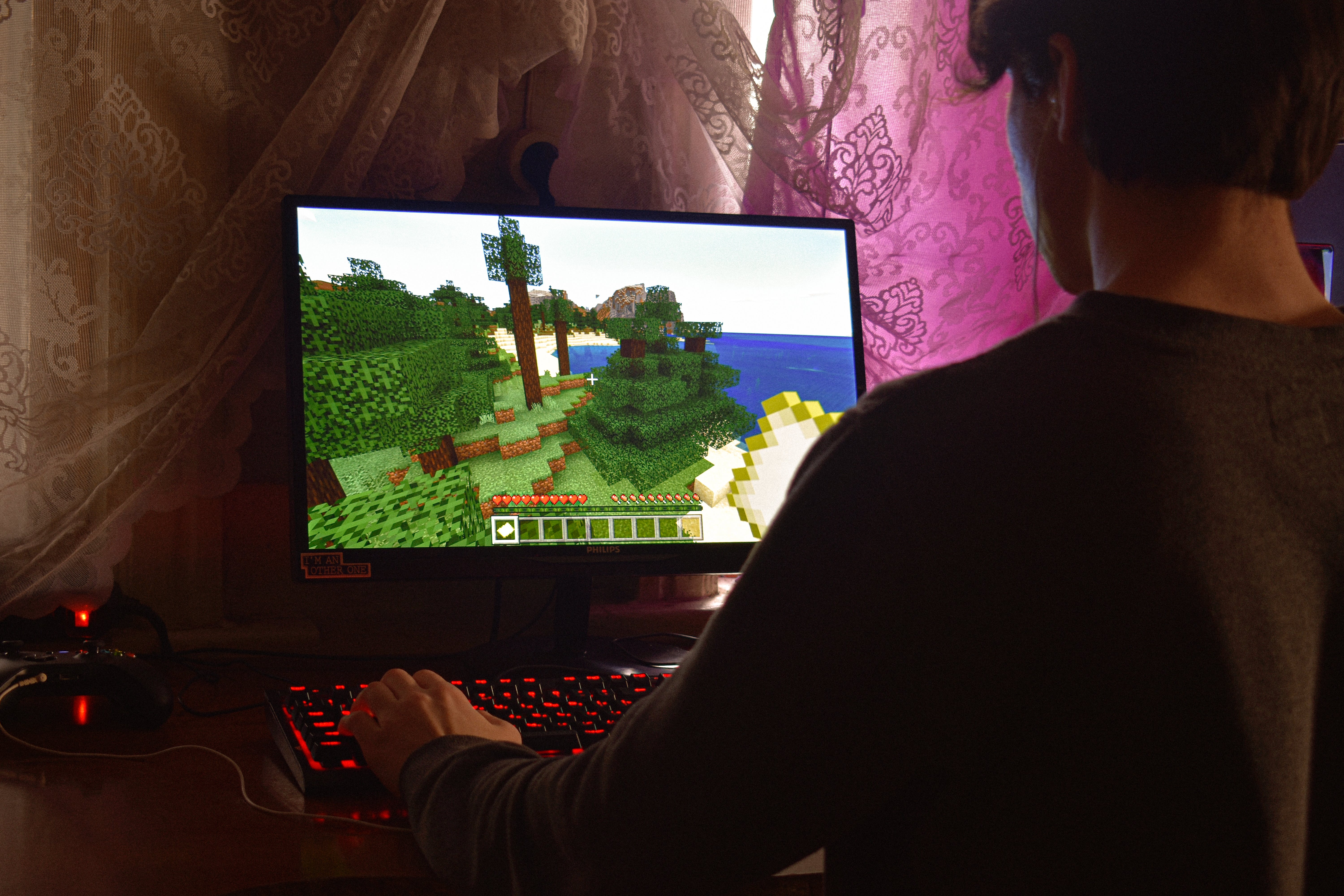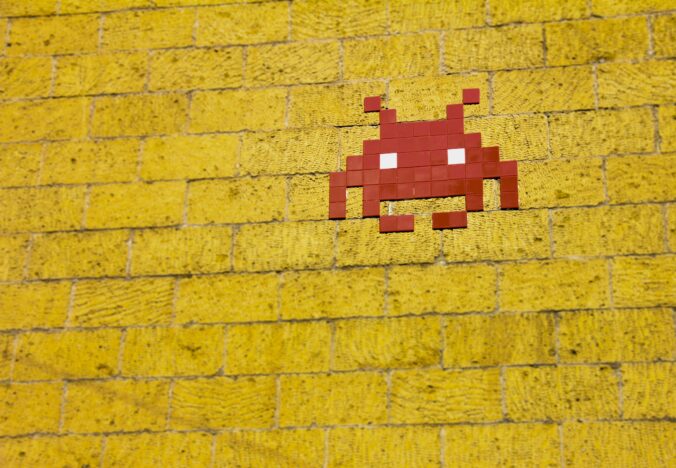As a child, I grew up with Gamified Learning. Some of my “core memories” involve playing Reader Rabbit games on my parents desktop to learn skills such as math (where I learned how to count change), as well as reading and phonetics. I loved these games so much, that I probably replayed them over and over again, long after they had taught me all that they could. Reader Rabbit games especially, are very nostalgic for me, and carry some of my only positive memories associated with math as a kid. As a result, I am a big supporter of the gamification of learning. I saw how it impacted my childhood, making me want to learn. Especially in younger school-aged kids, it is a great tool to get engagement in educational material.
In a high school context, however, I believe that while gamification still has tremendous value, the model has to shift for it to still be as engaging. We cannot put math games on a Chromebook and expect grade 12’s to have the same level of investment that little Jessica did in Grade 2. We have to look for ways to incorporate gamified learning, while making sure that the games we choose aren’t so corny that students loose interest. I really liked the concepts discussed in class, in which we looked at Minecraft as an educational tool, and I think that this is a great way to incorporate games into a classroom because it is not simply an educational tool, but rather an already established game that many students are not only familiar with, but enjoy. By using games such as Minecraft for education, we are drawing on the positive established relationship that students have with the game, which in turn can create positive associations with learning, and strengthen motivation.

There are some drawbacks to the gamification of learning. One of my main concerns is not that “the computers are taking over” but rather, that the students will prioritize the fun aspect, and then loose track of the learning. If the students are too focused on competition with one another, or winning a game, they may just be learning how to get good at the game, instead of actually absorbing the material so that they can apply it outside of the game. If this begins to happen, then the game looses purpose, and we are loosing valuable class time to an activity that is no longer beneficial.
When implemented well, as a supplementary tool to enhance comprehension and engagement, I think introducing gamified learning to the classroom can be a great way to engage learners. In addition, I certainly think that as technology continues to evolve and games become more accessible in the classroom, this learning style will only continue to grow more and more common.

Leave a Reply
You must be logged in to post a comment.